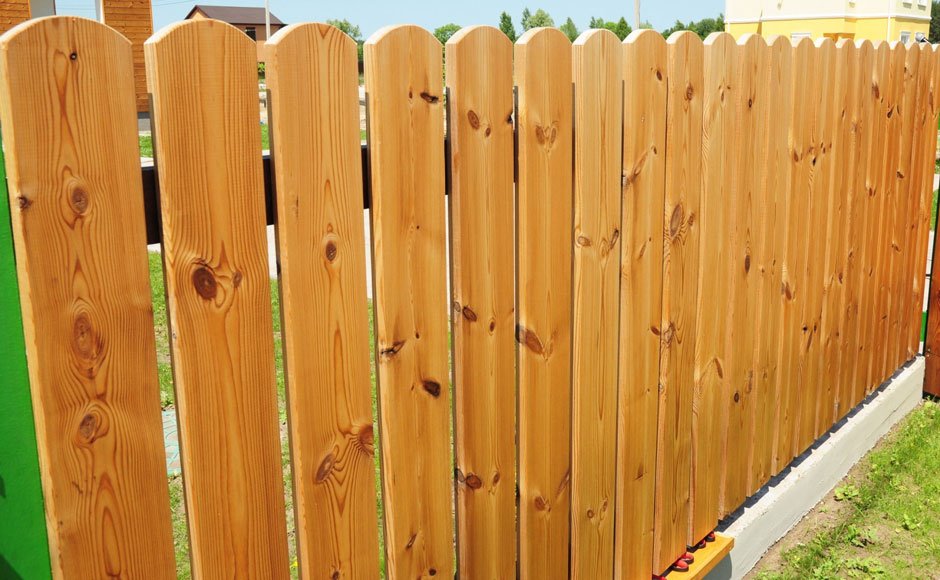
Wooden fences have long been a favorite among homeowners. They’re classic, versatile, and can add instant charm to any property. But while a wooden fence can enhance curb appeal and provide privacy, mistakes during planning or installation can lead to problems—and regrets—down the line.
If you’re considering a wood fence, it’s important to know the common pitfalls that many homeowners make, so you can avoid repeating them.
Skipping Proper Planning
One of the biggest mistakes is jumping into a fence project without proper planning. Homeowners often choose a style they like without thinking about its long-term functionality. For example, a tall privacy fence may block views you actually enjoy, while a short decorative fence might not provide the security you need.
It’s also important to check property lines and local regulations before building. Skipping this step could result in disputes with neighbors or costly adjustments later on.
When in doubt, it helps to rely on professional fence builders who understand local codes and property requirements to ensure the project starts on the right foot.
Choosing the Wrong Wood Type
Not all wood is created equal. Many homeowners regret choosing cheaper, untreated wood to save money upfront. The result? Warping, rotting, or pest damage within just a few years. Cedar and redwood are popular because they naturally resist rot and insects, while pressure-treated pine is more budget-friendly but requires regular maintenance.
The right choice depends on your climate, budget, and how much time you’re willing to invest in upkeep. Investing in quality materials from the start is far less expensive than repairing or replacing a poorly chosen fence later.
Ignoring Drainage and Ground Contact
Wood and water don’t mix well. A common mistake is placing wooden posts directly into the soil without considering drainage. Moisture from the ground can cause posts to rot prematurely, weakening the entire fence.
To avoid this, posts should be set in gravel or concrete with proper drainage. Elevating the bottom of the fence slightly above the ground also helps prevent water damage and extends the fence’s life.
Forgetting About Maintenance
Wood fences are not “set it and forget it” structures. Without sealing, staining, or painting, the wood is exposed to harsh weather and UV rays. Many homeowners neglect this upkeep, only to watch their fence fade, crack, and weaken over time.
Regular cleaning and applying a protective finish every few years can make a huge difference. Think of maintenance as a small investment to keep your fence strong and beautiful for decades.
Installing Without Considering Future Needs
Another common regret is building a fence that doesn’t account for future changes. Maybe you’ll add a garden, adopt a dog, or want more privacy later. A short picket fence might not serve those needs, leaving you with expensive modifications.
That’s why it’s wise to think about your lifestyle and long-term plans before making final decisions. Many homeowners benefit from custom fence installation designed to fit both current and future needs instead of choosing a one-size-fits-all solution.
Overlooking Gate Placement
It’s easy to underestimate how important gates are in a fence design. Poorly placed gates can make yard access inconvenient, while too-small gates may prevent large equipment or furniture from passing through.
Taking time to plan gate placement and size is crucial for a functional fence that truly works for your property.
Final Thoughts
A wooden fence can be a great investment, but only if it’s planned and built correctly. By avoiding these common mistakes—choosing the wrong materials, skipping maintenance, or overlooking important design details—you can save yourself from frustration and unexpected costs later.
With the right planning and professional guidance, your fence can provide beauty, privacy, and security for years to come.
